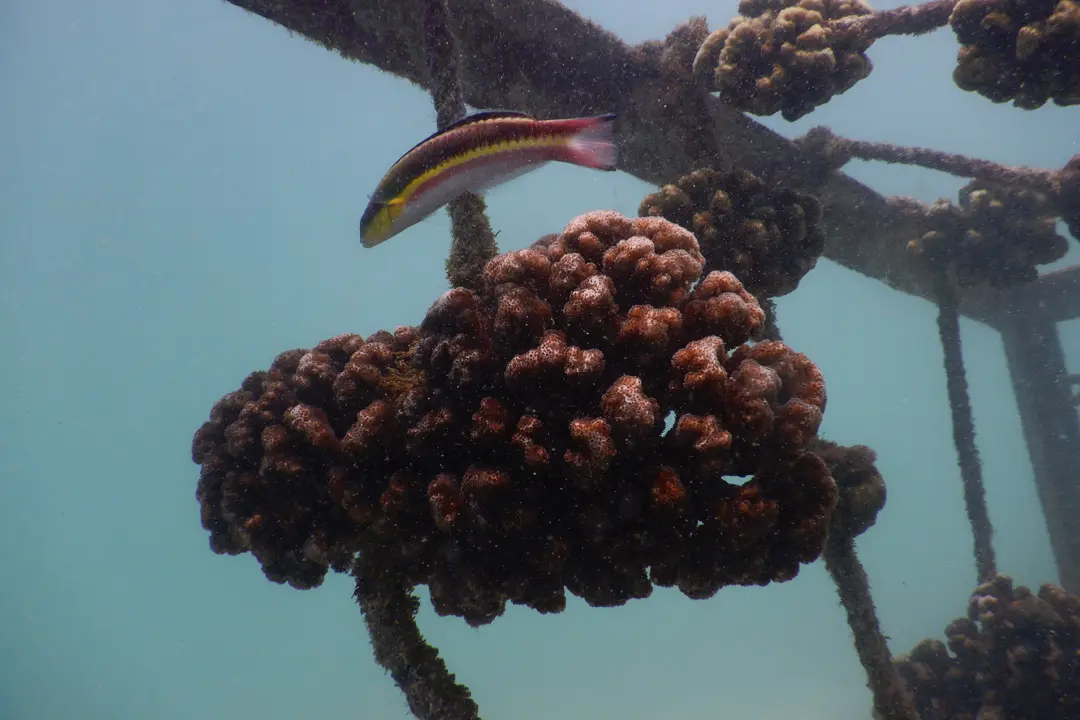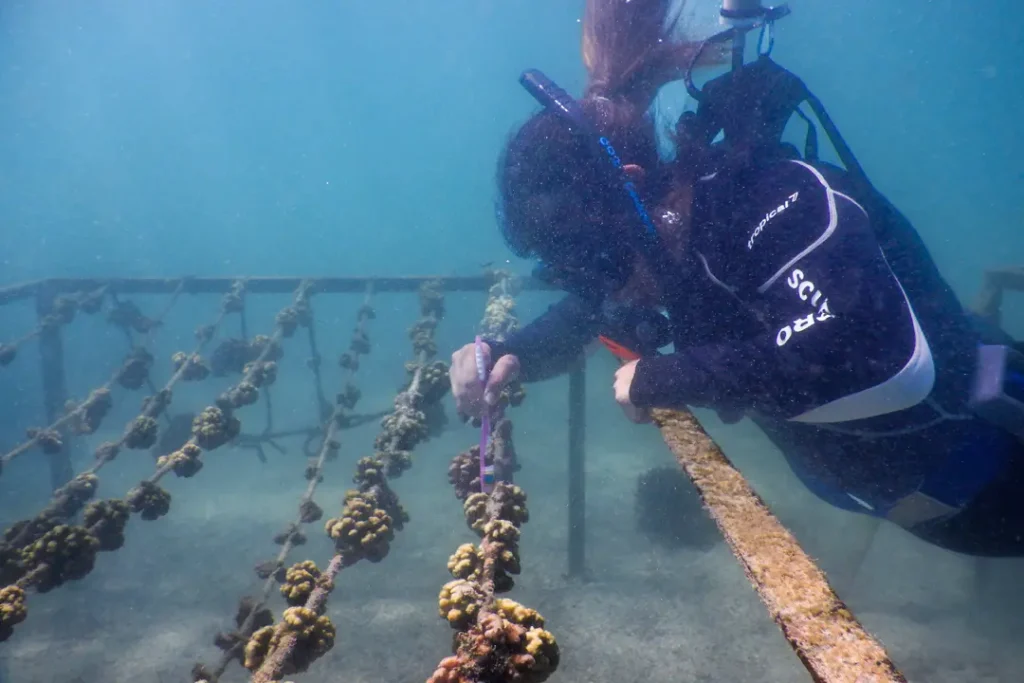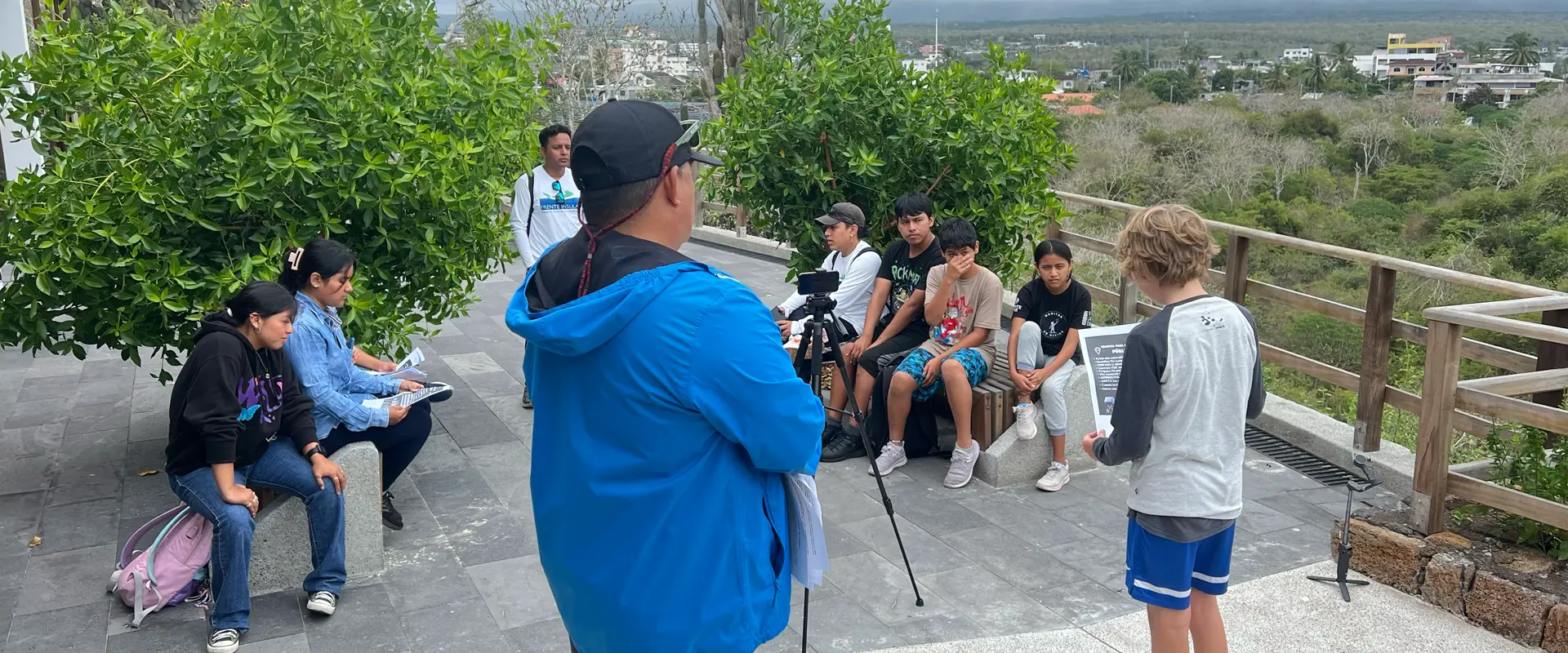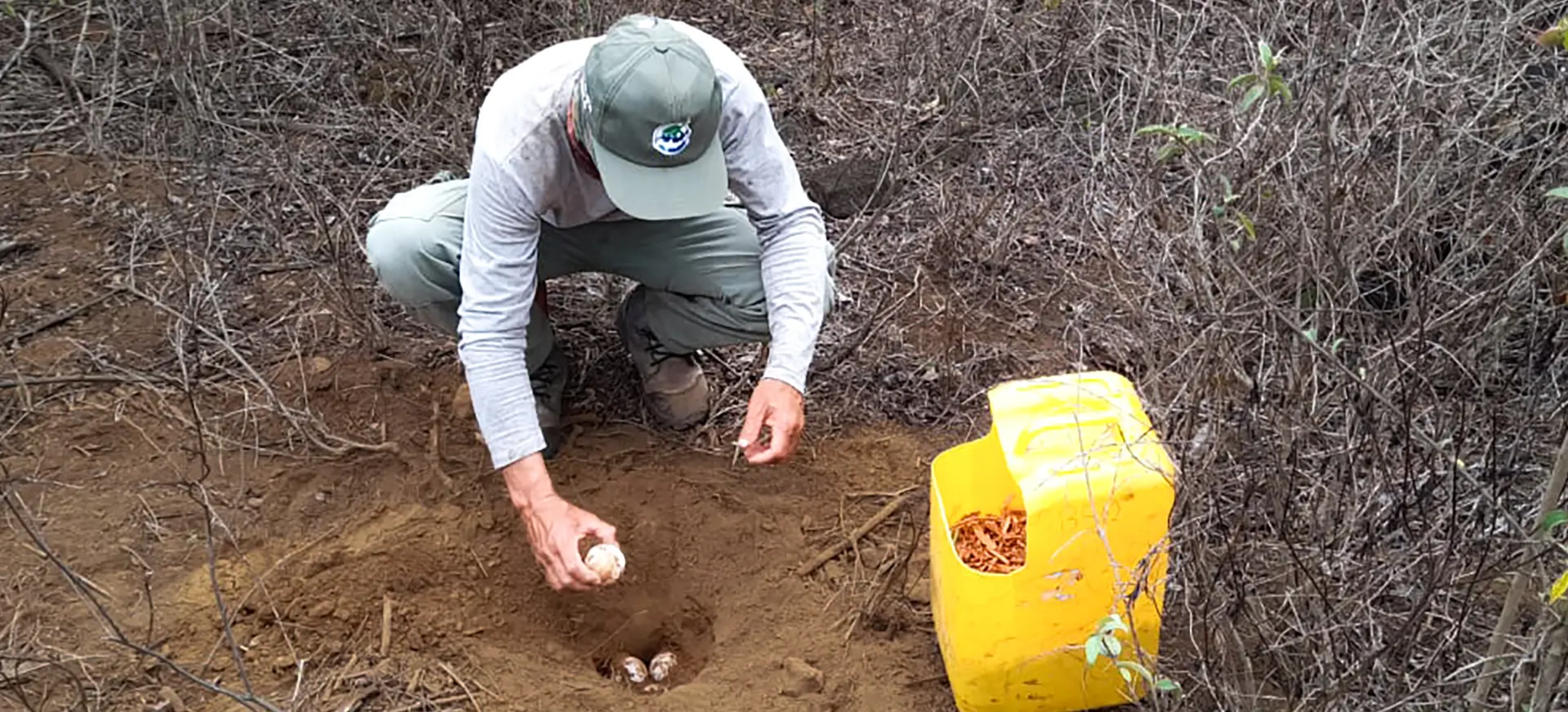Coral Conservation and Our Commitment to It in Galapagos
Galapagos Conservancy proudly supports the conservation efforts of Galapagos National Park Directorate. This includes the Project for Resilient Corals in the Central-South Bioregion, Galapagos Marine Reserve. This initiative is designed to protect coral reefs, one of the most fragile ecosystems within the reserve. These reefs are vital to the health of marine life and are a great attraction for both scientists and tourists.
Coral Resilience: a Positive Outlook
The hard work of park rangers has made significant progress this year. In the Central-South Bioregion, you will find sites like Santiago, Floreana and Espanola that were once famous for their vibrant corals reefs. Climate change and other factors have had a severe impact on these ecosystems.
Corals that remain in these areas tell not only the story of Galapagos, but also offer important insights on resilience and adaptability in the face adversity. Corals are vital to marine ecosystems. They’re often called “the lungs” of the ocean. Corals provide habitat for many species and form natural barriers to protect coastal areas against erosion.
Scientists continue to monitor the reefs and have found that certain coral species are resilient. Certain corals adapt and find ways to thrive and survive despite stressors like rising water temperatures. This adaptation is vital for their survival, and provides valuable lessons about how ecosystems can cope with future challenges.
Coral Health Monitoring and Improvement
The project’s main objective is to evaluate the health of coral fragments from the islands of Santa Cruz, Floreana and Espanola. We have updated our map of coral fragments in the reserve thanks to fieldwork and research expeditions. These fragments of coral are carefully being cultivated at the nursery in Bahia Academia in Puerto Ayora in “beds” made from ropes and mesh to protect them against harmful light and environmental factors.
Corals are resilient despite facing many challenges. Monitoring has shown that since June 2024 there has been an increase in the presence of algae, which negatively impacts the health and survival of corals. This has caused a 20% mortality rate for branching corals as well as a 30% death rate in older nursery fragments. Massive corals, however, have been able to withstand bleaching. It is important to control the growth of Ulva, a type of green alga, and red filamentous bacteria.
Community Engagement and Collaboration
This project would not have been possible without the participation of local volunteers. The community, especially young people, has shown a strong commitment in supporting coral reef cleaning and monitoring activities. Their participation not only helps maintain these ecosystems, but also inspires future generations to become environmental advocates.
Look to the Future
Our project also aims to identify the coral species that are most resistant. We are collecting data about how coral colonies react to temperature changes, which is important for the conservation and global restoration strategies of Galapagos Corals.
We organized a coral-cleaning event recently at the Bahia Academia Coral Nursery, where we care for 185 fragments of coral from eight different species. This is important because the growth of algae tends to be more pronounced during colder months. We provide space in the nursery for corals to grow and then transplant them to areas of the ocean that require restoration.
This collaboration with Galapagos National Park Directorate will be vital to restoring biodiversity and protecting Galapagos’ unique marine treasures. We remain committed to conservation efforts to preserve the rich marine life of the Galapagos.



